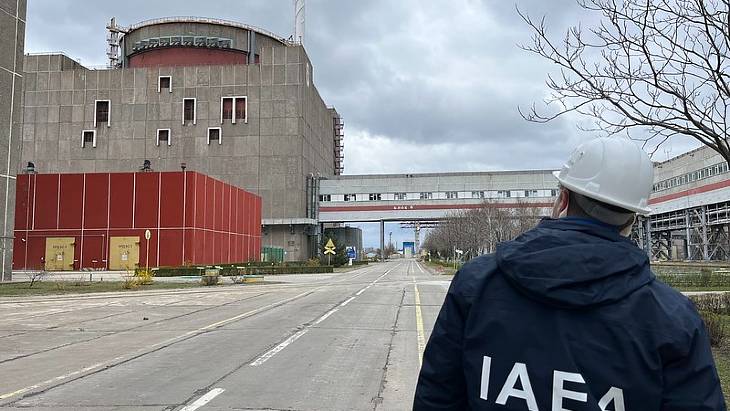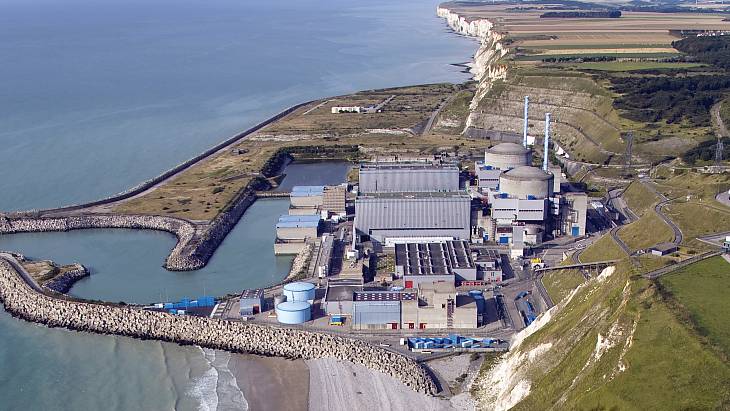The agency’s Director General Rafael Mariano Grossi said: "As the damaged sections of the power lines were located in an active combat zone, this required complex negotiations with both sides to establish carefully coordinated temporary truce arrangements so that their technicians could work without risking their own lives. It took several weeks to get to this point, with the plant once again having access to two power lines. It is a good day for nuclear safety and security, although the overall situation remains highly precarious and our important mission in Ukraine is far from over."
The 330 kV Ferosplavna-1 power line was reconnected on Saturday evening, two weeks after the main 750 kV Dnisprovska line was reconnected. When both lines were down, the six-unit plant had had to rely on emergency backup diesel generators for the power it requires to power pumps used for cooling its reactor cores and usedt fuel.
The International Atomic Energy Agency said: "The repairs of the remaining damaged section of Ferosplavna-1 got under way on Saturday morning around three kilometres from the ZNPP's site perimeter after the area had been demined the day before. Technicians repaired a damaged cable between two pylons, with an IAEA team monitoring their work. The line - which had been cut since 7 May 2025 - was finally re-connected to the plant this evening."
The Zaporizhzhia nuclear power plant is on the frontline of Ukrainian and Russian forces and has been under Russian military control since early March 2022. Before the conflict it was connected to the grid through 10 power lines, but that number has fallen since then and the site has lost all external electricity supplies on 10 occasions.





_47120.jpg)

_23621.jpg)






